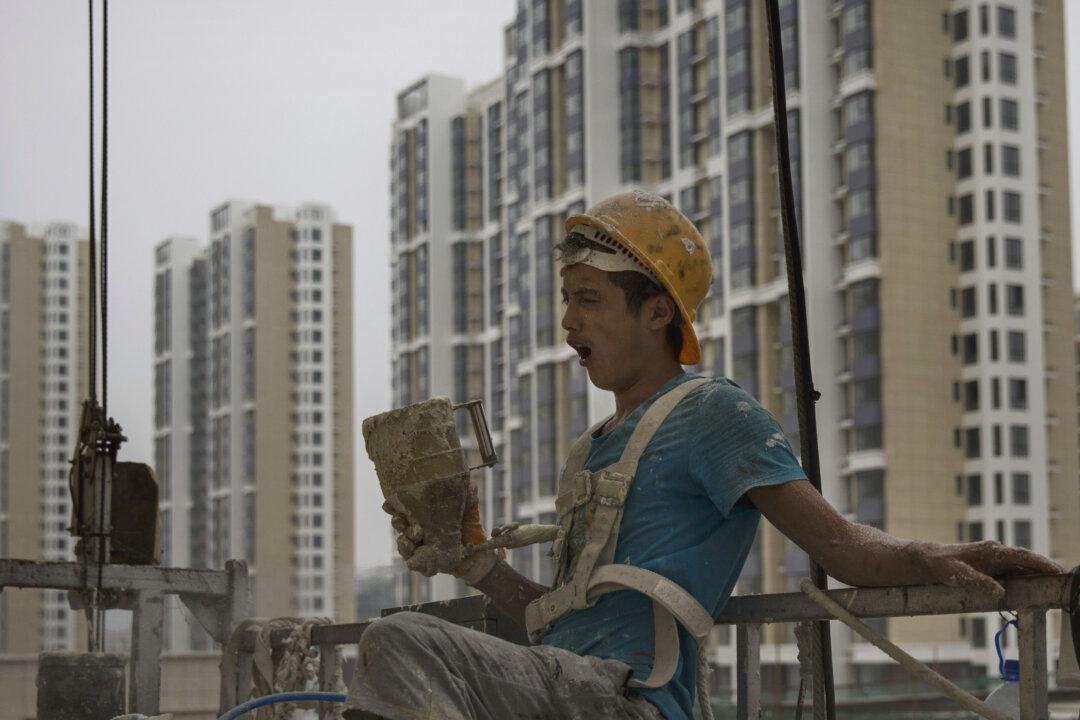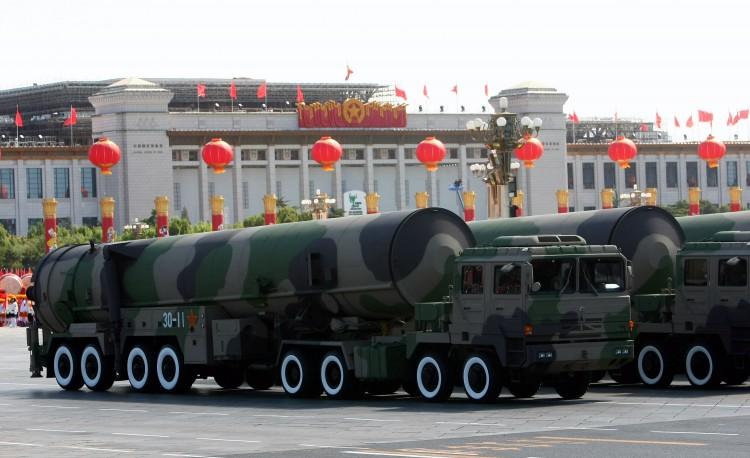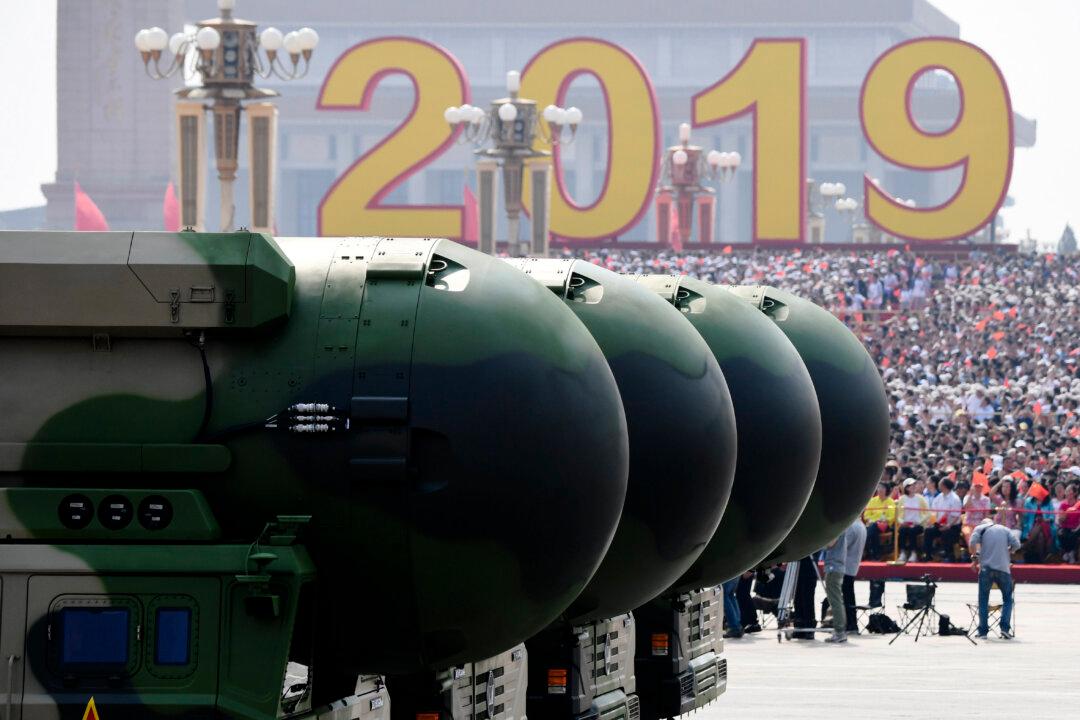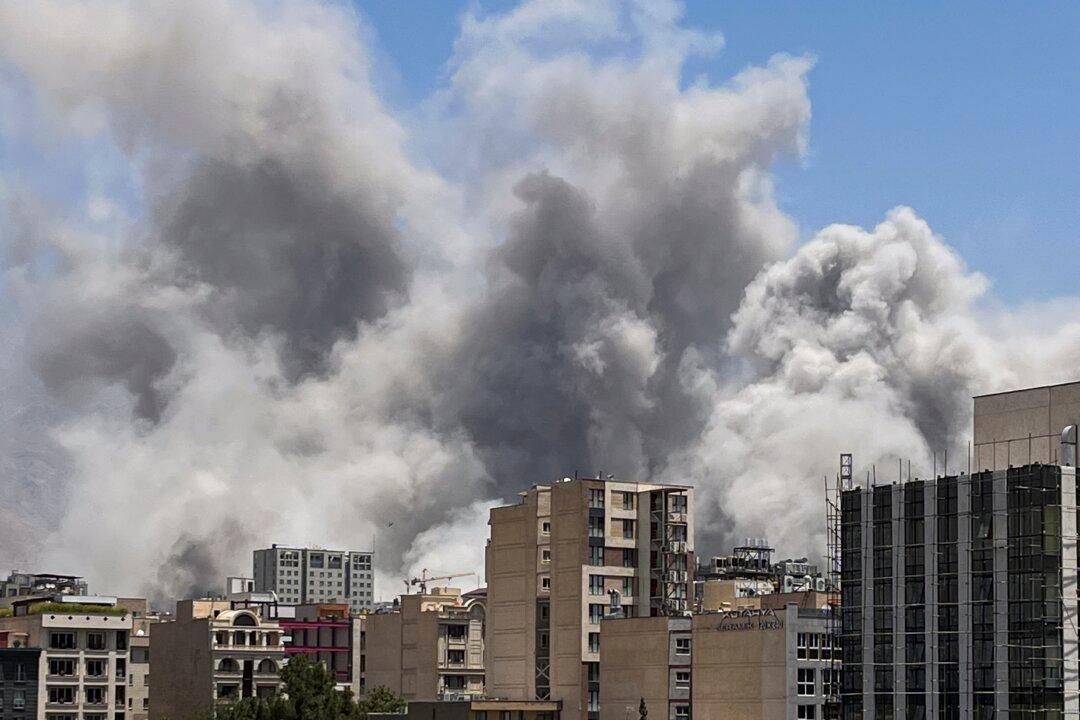China’s real estate bubble is looming with over 10. 7 billion square feet (1 billion square meters) of unused housing, Zhu Min, deputy managing director at the International Monetary Fund said this April at a meeting in Washington, D.C.
Zhu did not state the source of his figure, though it corroborates with what is widely known about China’s real estate market: many housing stock go unused, and the market may see a significant price correction in the future, wiping out vast household wealth. Zhu made his remarks at the IMF spring meetings held in late April, and they were later quoted by China Times, a semiofficial newspaper.




